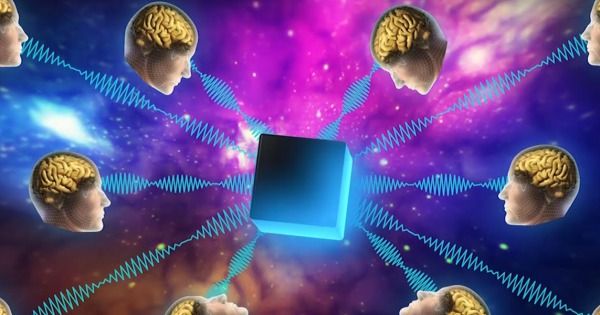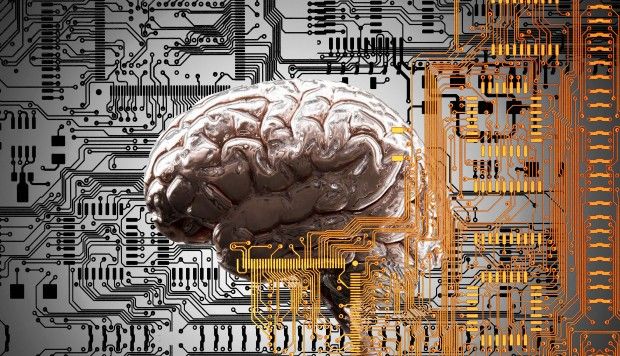It costs $80k to send a Nano- Satellite into space! To send the materials to build a lunar base is going to be expensive!
This week it was announced that NASA found a forgotten satellite in Lunar Orbit, which got me thinking about an idea to recycle existing Space Junk in the construction of an International Lunar Base with cost savings. We could use a modified version of my Google Deepmind NEO tracker to source the Space Junk and the ideas listed below to capture and redirect the Space Junk.
https://github.com/Agilebrett/AI-Deepmind-vs-Near-Earth-Objects







